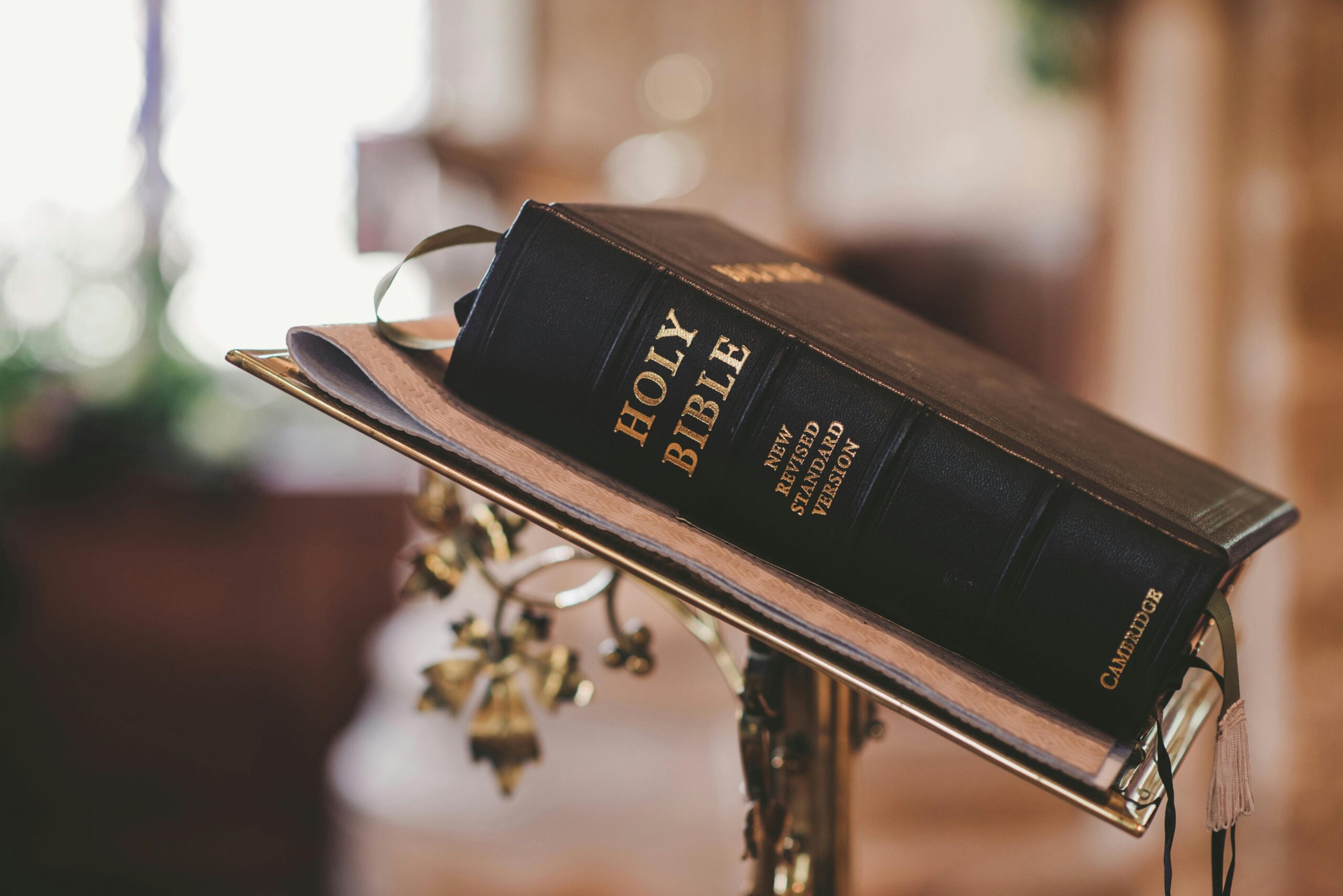OU News
News from The Open University
- Home
- Filling the shoes of the Archbishop of Canterbury – how his replacement will be found
Filling the shoes of the Archbishop of Canterbury – how his replacement will be found
Posted on • Arts and social sciences

Following the Archbishop of Canterbury’s resignation John Wolffe, Professor of Religious History at The Open University, sheds some light on the process of choosing Justin Welby’s replacement – the 106th since Saint Augustine was first appointed by the Pope in 597CE.
When was the last surprise resignation of this office?
Until the 20th century Archbishops of Canterbury usually died in office. More recently they have retired. Rowan Williams, Justin Welby’s predecessor, caused something of a surprise by retiring aged only 62 to return to an academic post.
Is there a precedent for this current scenario?
No, I can’t think of a precedent for an archbishop resigning because of an alleged failure in his role. In the past, though, archbishops have been deprived (ie dismissed) due to religious or political changes they could not accept, such as Thomas Cranmer in 1555 and William Sancroft in 1690.
Who is likely to be in the frame as his successor?
I would expect him or her probably to be chosen from among the 42 diocesan (ie principal) bishops of the Church of England, although an appointment from outside England would be an interesting possibility. It is now entirely conceivable that, for the very first time, the next archbishop will be a woman.
How are the candidates chosen?
A Crown Nominations Commission, with elected representatives from the Diocese of Canterbury, will shortlist and interview candidates and put forward two names to the Prime Minister, who will choose one for formal approval by the King.
For how long has the current process been in use?
The process has evolved over the centuries, although there is continuity since the sixteenth century Reformation in that the King or Queen, as Supreme Governor of the Church of England, formally makes the appointment.
In practice, in more recent times the sovereign’s role has merely been to endorse the Prime Minister’s recommendation. Since the 1970s the Prime Minister has proceeded based on recommendations from the Church itself made through the Crown Nominations Commission.
What will be the new archbishop’s responsibilities, and how long are they usually in office for?
They will be the diocesan bishop responsible for the diocese of Canterbury, the senior figure in the ecclesiastical province of Canterbury covering southern and central England, and the principal spokesperson for the Church of England.
Traditionally, the Archbishop of Canterbury is the leading bishop in the Anglican Communion, which has a global presence especially in the English-speaking world, but they do not (unlike the Pope in the Roman Catholic Church) have actual authority over other bishops and provinces.
There is no fixed term of office, but nowadays archbishops, like other bishops, are expected to retire when they reach the age of 70.
What are the major challenges for the new Archbishop to tackle?
To restore confidence in the Church’s ability to safeguard young people and vulnerable adults and to show the Church is responsive to changing sexual mores in the UK while not alienating conservative leaders – especially in Africa – in the wider Anglican Communion.
In general, they are going to need to demonstrate the continuing relevance of Christianity in a rapidly changing and increasingly diverse society: in the 2021 Census, only 46.2% of the population of England and Wales identified as Christian, and 37.2% said they had ‘no religion’.